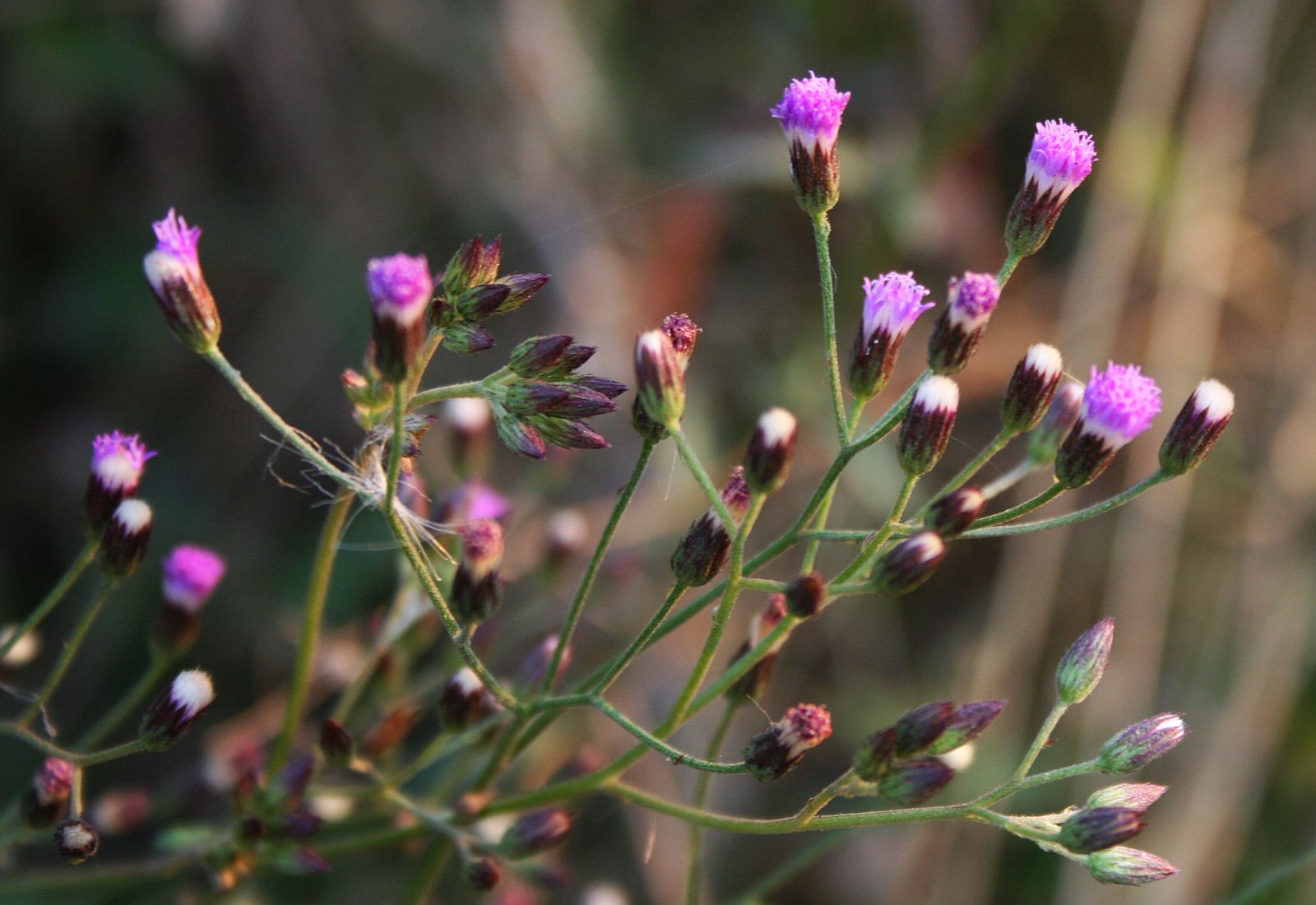Table of Contents
- Introduction
- Historical Context: The Misconceptions Surrounding the Name
- Toxostoma Cinereum: Nature’s Hidden Gem
- Huitlacoche in Culture: More Than Just a Culinary Delight
- Conservation Efforts: Safeguarding the Legacy of Toxostoma cinereum
- The Culinary Journey of Huitlacoche: From Farm to Feast
- Conservation Efforts for Toxostoma Cinereum: Challenges and Triumphs
- A Glimpse into the Ecology of Toxostoma cinereum
- The Cultural Significance of Huitlacoche
- Preserving the Legacy of Toxostoma cinereum: A Call to Action
- Embracing the Magic of Nature: A Journey of Discovery
- Conclusion
Overview
Those who are not familiar with the phrase are frequently curious by the moniker “huitlacoche animal.” Although huitlacoche, often known as “corn smut,” is a Mexican delicacy that many may be familiar with, its link with the term “animal” lends an air of mystery. This article explores the interesting world of Toxostoma cinereum and dispels the myth surrounding the “huitlacoche animal.”
Historical Context: The Myths Associated with the Name
First, it’s important to clear up a frequent mistake. In Mexican cooking, a fungal illness called “huitlacoche” develops on maize. It has a deep, earthy flavor and is considered a delicacy in many regions of Mexico. However, the scientific term “Toxostoma cinereum” refers to a particular species of bird that is unrelated to the corn fungus. Although these two phrases might be confusing when used together, each has an interesting history and cultural importance.
Toxostoma Cinereum: A Surprising Find in Nature
The medium-sized bird Toxostoma cinereum is well-known for its unique cry and behavior. It is frequently seen in certain regions of North America. Their natural concealment from possible predators is facilitated by their greyish-brown plumage, which mixes flawlessly with their environment and is typically found in shrublands.
Huitlacoche in Society: Not Just a Gastronomic Pleasure
Returning to the realm of cooking, Mesoamerican cultures have a rich history with the huitlacoche fungus. Native American cultures valued it for its distinct flavor and nutritional qualities long before it was considered a delicacy. Huitlacoche, which many would consider a crop disease, is in many ways the embodiment of the union of culinary skill and nature, elevating it from an afterthought to a sought-after component in haute cuisine.
Preservation Actions: Preserving Toxostoma cinereum’s Heritage
Going back to the world of Toxostoma cinereum, it is important to recognize the difficulties facing this bird in the contemporary day. Over time, there have been changes in the population of this rare species due to habitat degradation and climate change.
Huitlacoche’s Culinary Adventure: From Farm to Feast
A fungus called huitlacoche, or corn smut, develops on maize kernels, causing them to become enormous, bulbous, and blackened structures. Though it’s frequently considered an annoyance in the US, huitlacoche is a beloved delicacy in Mexico. The smokey, deep flavor of the fungus has been likened to truffles and mushrooms. Huitlacoche is a staple in Mexican cuisine, used in everything from soups and sauces to tamales and quesadillas. Mexican cuisine’s inventiveness and ingenuity are demonstrated by the huitlacoche culinary journey.
Toxostoma cinereum Conservation: Obstacles and Successes
In today’s quickly evolving environment, the conservation of Toxostoma cinereum, sometimes referred to as the greyish-brown thrasher, has a number of difficulties. Predation, climate change, and habitat degradation are a few of the major issues facing this species of bird. Through breeding programs, public awareness campaigns, and habitat restoration initiatives, conservationists tirelessly try to solve these issues. Small wins like creating protected areas and successfully raising birds in captivity are what matter most in the conservation of Toxostoma cinereum.
A Quick Look into Toxostoma Cinereum’s Ecology
Toxostoma cinereum is found mostly in semi-arid and desert parts of North America. Shrublands and open woods are among its favorite habitats since they provide a plenty of food and cover. Toxostoma cinereum is an important component of the ecosystem since it helps disseminate seeds and regulate pest populations because its diet primarily consists of insects and tiny fruits. Interesting reproductive and nesting practices are exhibited by this bird, whose female constructs a cup-shaped nest in which she deposits her eggs.
Huitlacoche’s Cultural Significance
Huitlacoche, which originated in the Aztec empire, has a special position in Mexican culture. Huitlacoche was reported to have been consumed by the Aztecs, who valued its distinct flavor and health advantages. Huitlacoche is still a staple of Mexican cooking today, signifying the close ties that exist between the people and their homeland. The creative ways that home cooks and chefs alike have embraced huitlacoche to produce delectable and unforgettable dinners are reflected in the variety of recipes that employ it, which showcases Mexico’s rich culinary heritage.
A Call to Action for Preserving the Legacy of Toxostoma cinereum
Governments, the general public, and environmentalists all have a shared responsibility for the protection of Toxostoma cinereum. This bird, with its colorful plumage and distinctive cry, represents the natural beauty and richness of North America. Maintaining its heritage entails:
- implementing practical measures, such preserving its environment.
- assisting with conservation-related projects.
- promoting laws that support the preservation of biodiversity.
- It is an appeal to take action in order to protect the environment and all of its people for coming generations.
Accepting the Enchantment of Nature: An Exploration Trip
Huitlacoche and Toxostoma cinereum’s tale is a voyage of discovery that highlights the wonder and enchantment of the natural world. It illustrates the complex network of life on Earth and the unity of all living things. We develop a greater understanding of the natural world and the need to preserve it by learning about the history, cultures, and ecosystems of these two intriguing organisms.
In summary
The discovery of Toxostoma cinereum’s mysteries and the evolution of huitlacoche as a culinary component are examples of the miracles of nature. Whether it’s a delicate dish or a bird singing in the wild, both objects in and of themselves exemplify the complexity and beauty of nature. We make sure that the magic these wonders bring to our lives continues into the future by cherishing and safeguarding them.




